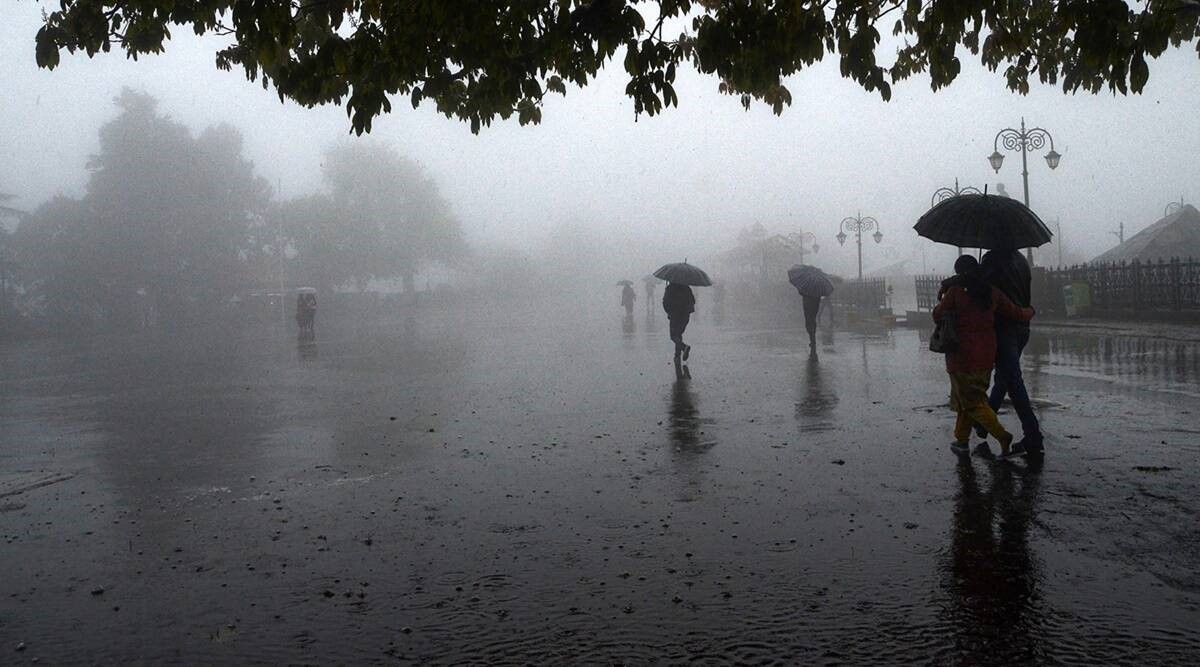Free Courses Sale ends Soon, Get It Now


Free Courses Sale ends Soon, Get It Now



Disclaimer: Copyright infringement not intended.
Context
Forecast
|
LPA LPA is the average rainfall received by the country from June to September during 1971-2020 and is calculated to be 868.6 mm. The India Meteorological Department (IMD) categorises a monsoon season with rainfall anywhere from 90-95 per cent of the LPA as a below-normal season. |
Reasons cited
Note: El Niño is the warmer-than-normal phase of the El Niño Southern Oscillation (ENSO) phenomenon and generally dampens monsoon rainfall.
ENSO: https://www.iasgyan.in/daily-current-affairs/enso
SOUTHWEST MONSOON: https://www.iasgyan.in/daily-current-affairs/monsoon#:~:text=The%20Arabian%20sea%20branch%20of,in%20heavy%20rainfall%20in%20north.
MJO: https://www.iasgyan.in/blogs/all-about-enso-and-mjo
|
PRACTICE QUESTION Q. EI Nino-Southern Oscillation (ENSO) and Indian monsoon rainfall are known to be invariably linked. Elaborate. |
© 2024 iasgyan. All right reserved